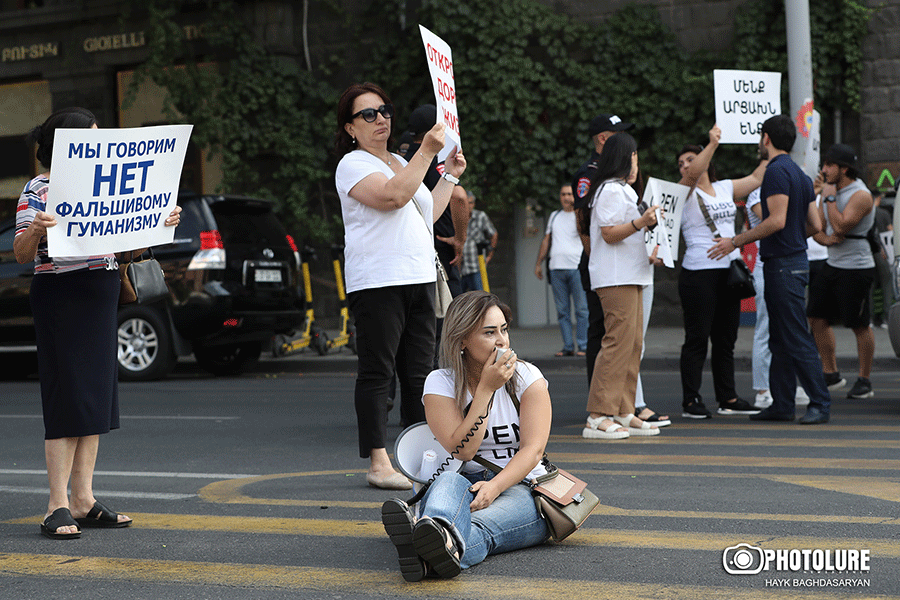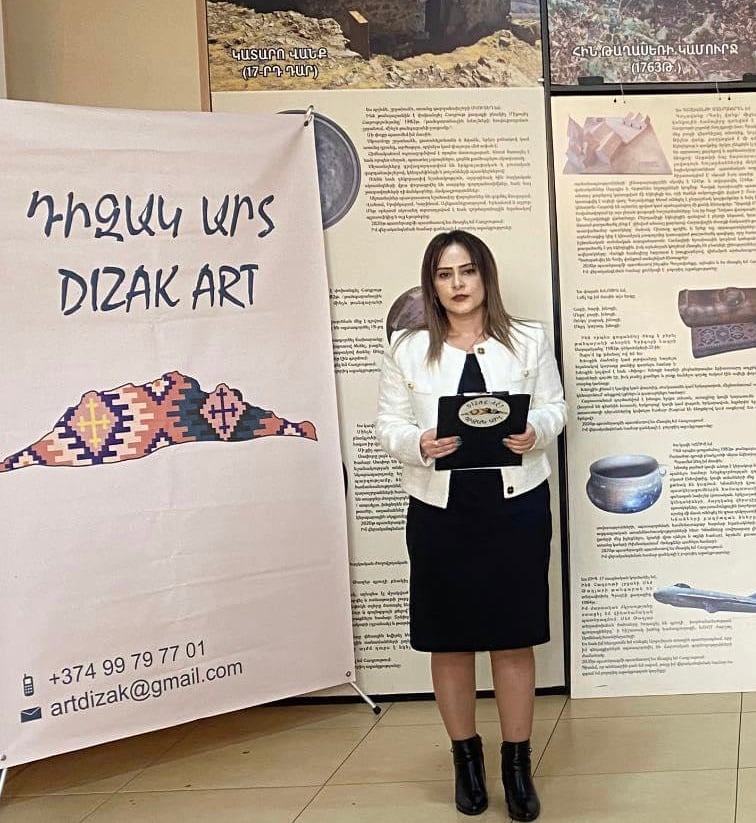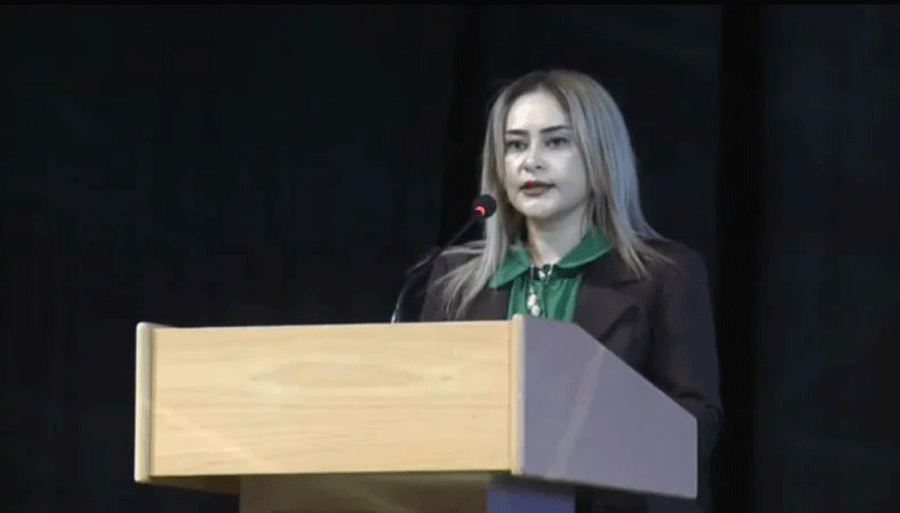“They constantly offer us the so-called alternative of Aghdam (Akna). But we do not accept the way of Aghdam precisely so that the issue is not limited only to the humanitarian way so that Aghdam is not considered an alternative and other issues do not become secondary”, said a member of the initiative group. “We are Artsakh” in a conversation with Aravot.am Lianna Petrosyan, president of Dizak ART cultural NGO.
Lianna Petrosyan moved to Hadrut in 2008 after finishing her studies, and in the same year, was appointed the director of the Hadrut Museum of Patriotism, after which she was appointed the editor of the “Dizak” newspaper in 2014.
“I was the editor of the newspaper until 2022. In December 2022, all the institutions-enterprises in the occupied territories were liquidated, and the newspaper’s activities ended. Due to the 2020 war, we had to leave Hadrut and move to Yerevan. Now we temporarily live in Yerevan.
Read also
In 2021, with three like-minded friends, we founded the “Dizak ART” cultural youth center, the main goal of which is to maintain the connection of the residents of the Hadrut Region as a community so that communication between residents continues.
From September of that year, we started to provide cultural education to the children of the displaced regions. About 70 children now receive cultural education on a national basis: national song, dance, fine arts, needlework, and theater arts based on the Hadrut dialect. Education is free; one of our goals is to preserve the Hadrut dialect so that it remains among the children because they are the ones who carry it so that it is not lost, and we can pass it on until we return to Hadrut.”
Speaking about her social and political activities, Lianna Petrosyan said: “It is not by chance that I got involved in that initiative because my father, Gagik Petrosyan, a recipient of the 2nd degree of the Combat Cross, fought in the 1990s, left the position of the Director of the Hadrut secondary school, joined the self-defense squads, and unfortunately died in 1994.
As, a carrier of my father’s gene, could not just sit and wait for someone else to raise the problem of the blockade of Artsakh, the problem of 120 thousand inhabitants being in difficult conditions. They often tell me why you haven’t participated in the various demonstrations. This was the first participation because it was not a narrow personal problem for which it was necessary to go public, but the whole of Artsakh. It was necessary to show the world that Artsakh is not 120 thousand; Artsakh is also the forcibly displaced people who temporarily took refuge in RA, our compatriots who became exiles due to the war in the 90s, and, in general, it was necessary to remind Artsakh-Armenia-Diaspora about the trinity. Artsakh cannot exist without Armenia. We say that RA has always been a guarantor of security for Artsakh; it has always been mother Armenia. We are considering it even today, being here, we are obliged to stand by Artsakh, using all possible options from mother Armenia.”
Lianna Petrosyan started her social and political activity by learning about the problems of refugees and forcibly displaced people. “In April 2023, a refugee forum was organized for the first time in RA, the first forum of refugees from Azerbaijan, Nakhichevan, and Artsakh. I was a member of its organizing committee. I presented the problems of forcibly displaced persons from Artsakh. Therefore, it was not by chance that I made a transition to social and political activities in parallel with my cultural activities.”
Speaking about the “We are Artsakh” initiative, Lianna Petrosyan said: “Our main nail is the opening of Lachin, Berdzor corridor. But it should not be considered as a humanitarian corridor, as a problem of bread, but also a solution to the political issue of self-determination of Artsakh.”
Our interlocutor replied to our question, that is that emphasizing the humanitarian issue is not the right direction. “Also, it is my personal opinion that this should not be considered a humanitarian problem. In fact, that corridor was not a road but a corridor, and the existence and safety of the corridor was confirmed by the document of November 9.
We don’t consider Aghdam either because a country that kills you, steals you from a path that is supposedly guaranteed, can kidnap a person from an international organization; how can an area under its complete control be safe for Armenians when we know that Azerbaijan’s main goal is ethnic cleansing and uses all possible means to get Armenians out of Artsakh?.”
We wondered how you would assess the fact that the humanitarian aid sent by Armenia never reached the people of Artsakh; Lianna Petrosyan said: “In any case, it was expected that they would not allow it to pass, but I also think that it was done purely as a pressure, also to make it visible to the international community that they got there as evidence. We also organized demonstrations, and various initiatives are being taken to exert pressure; it was also a policy to show and confirm that if Azerbaijan declares on various platforms that the road is open, we can contradict it with concrete examples. Lianna Petrosyan answered: How would you assess what happened at the UN Security Council? “There were expectations that at least this time there would be a statement or a resolution would be adopted, but it still ended uncertainly.”
Tatev HARUTYUNYAN






















































